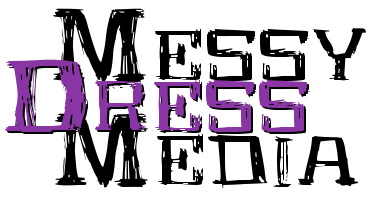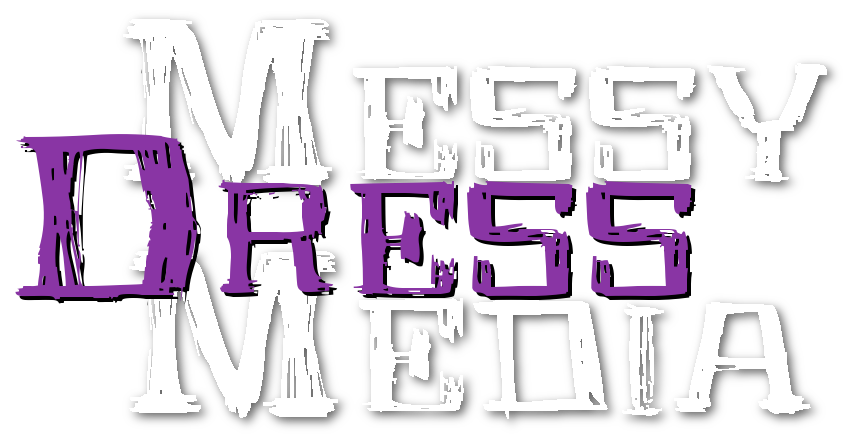How to do a self-tape audition

More and more casting directors are requesting self-tapes from actors. This can be more convenient for both parties, saving time and money on travel costs and hiring studios, but it can also be quite stressful for an actor to have to deal with the technical aspects. So here is a quick guide to getting it right.
Pre-recording
If a casting director has specific instructions that they want you to follow, either on their website or when they request the self-tape, READ THEM! Follow them to the letter. If you don’t follow the instructions, the casting director will spend at least the first 10 seconds of your performance complaining to their assistant about how yet another actor cannot follow simple instructions – instead of watching your performance. And sometimes 10 seconds is all you get, so use them wisely.
Any instructions a casting director gives for a specific project supersede the instructions I’m going to give. We all like things done differently, but this is a good general guide.
Set up
Background: keep it simple. A plain, neutral wall behind you.
Lighting: Ideally light yourself with natural daylight, but if that’s not possible, make sure that any light is coming from in front of you, not behind you. You don’t want any shadows on your face, but you also don’t want to look completely washed out.
Equipment: A decent camera phone is absolutely fine. As long as you can be heard and seen, the camera is held steady and the picture is not grainy, there is no need to splash out on expensive equipment.
Camera position: A clear head and shoulders shot, making sure the whole of your head is visible. The camera should be face on to you and not need to be angled upward or downwards towards your face. Always record with the picture in LANDSCAPE.
Recording
Introduce yourself: Unless otherwise instructed, begin by looking directly into the camera and stating your name and the name of your agent. For a commercial audition it is also a good idea to clearly show your hands, front and back. If the rest of your audition will be in an accent different from your native accent, do the introduction in the same accent as the piece.
The script: Don’t look into the camera for this part, you should be slightly off to one side looking at the person you are talking to. If you can get someone to read the other character’s lines from off camera, this is preferred. Of course, life doesn’t always work that way, so prerecording the other lines yourself is also ok. If you are asked to read more than one part at a time (e.g. The lines for Police Officer 1 and Police Officer 2) speak the lines as if they are coming from just ONE character.
Sending
A clean edit: Most phones have a simple video editor on them where you can trim the beginning and the end of the video. The video should open with you introducing yourself and end just after your final line. No casting director wants to hear your mate trying to figure out if the camera is on yet or see you walking over to turn it off after finishing your scene.
File name: Save the file with your name and the job you are auditioning for e.g. Jane Doe Supermarket Commercial. The format should either be in .mp4 or .mov unless otherwise specified.
E-mailing: The easiest way to send a file is using WeTransfer. It is quick and easy to use and the preferred method to receive files by many casting directors.
And there you go! Your self-tape is gone. Now forget about it. A perfect self-tape doesn’t guarantee a job and although more casting directors are sending responses, unfortunately, you still won’t hear back about most of the jobs you audition for. So, go and make yourself a cup of tea and get on with the rest of your day. If you want some more advice, Spotlight has plenty of articles and podcasts on the subject.

